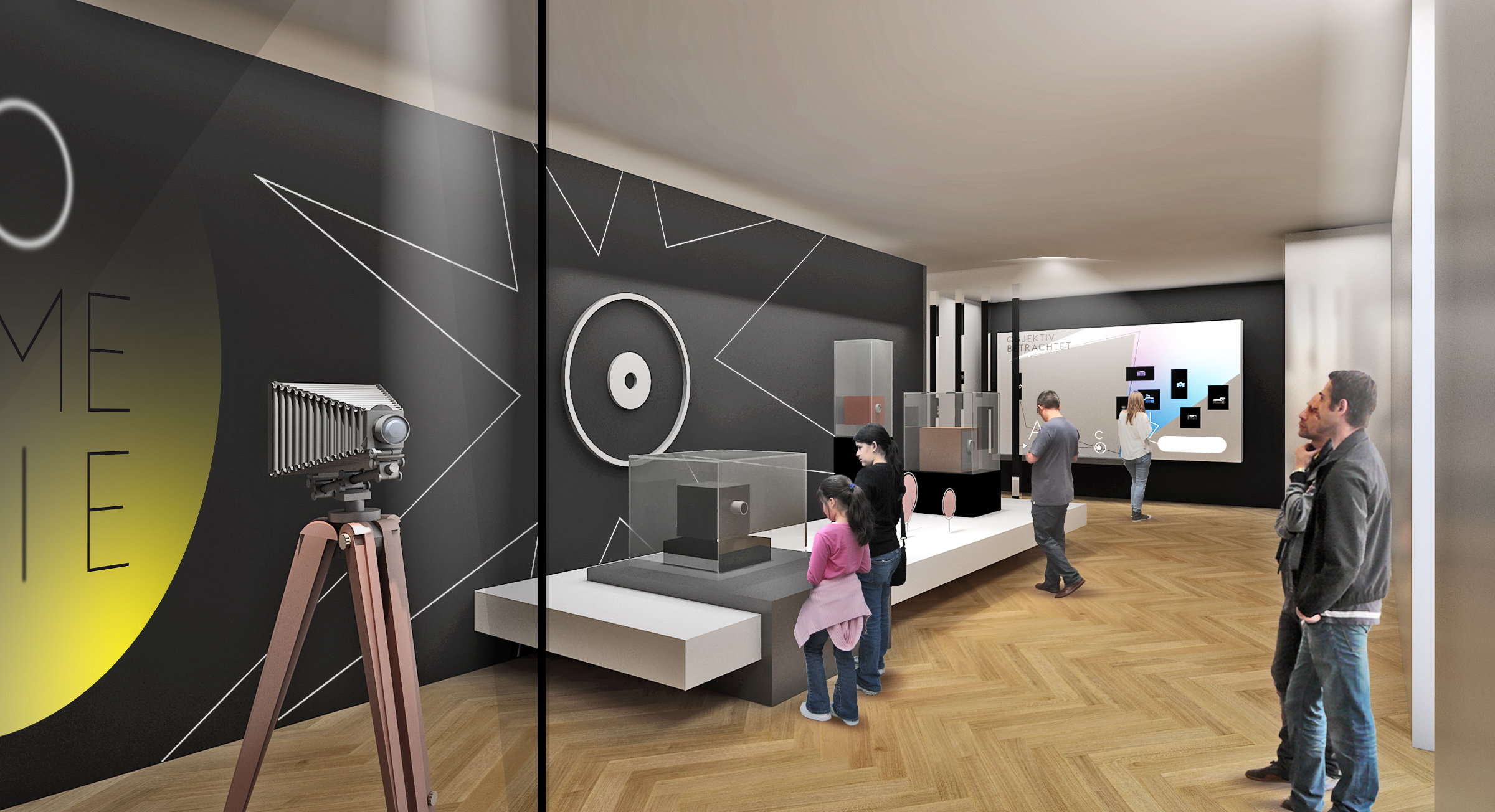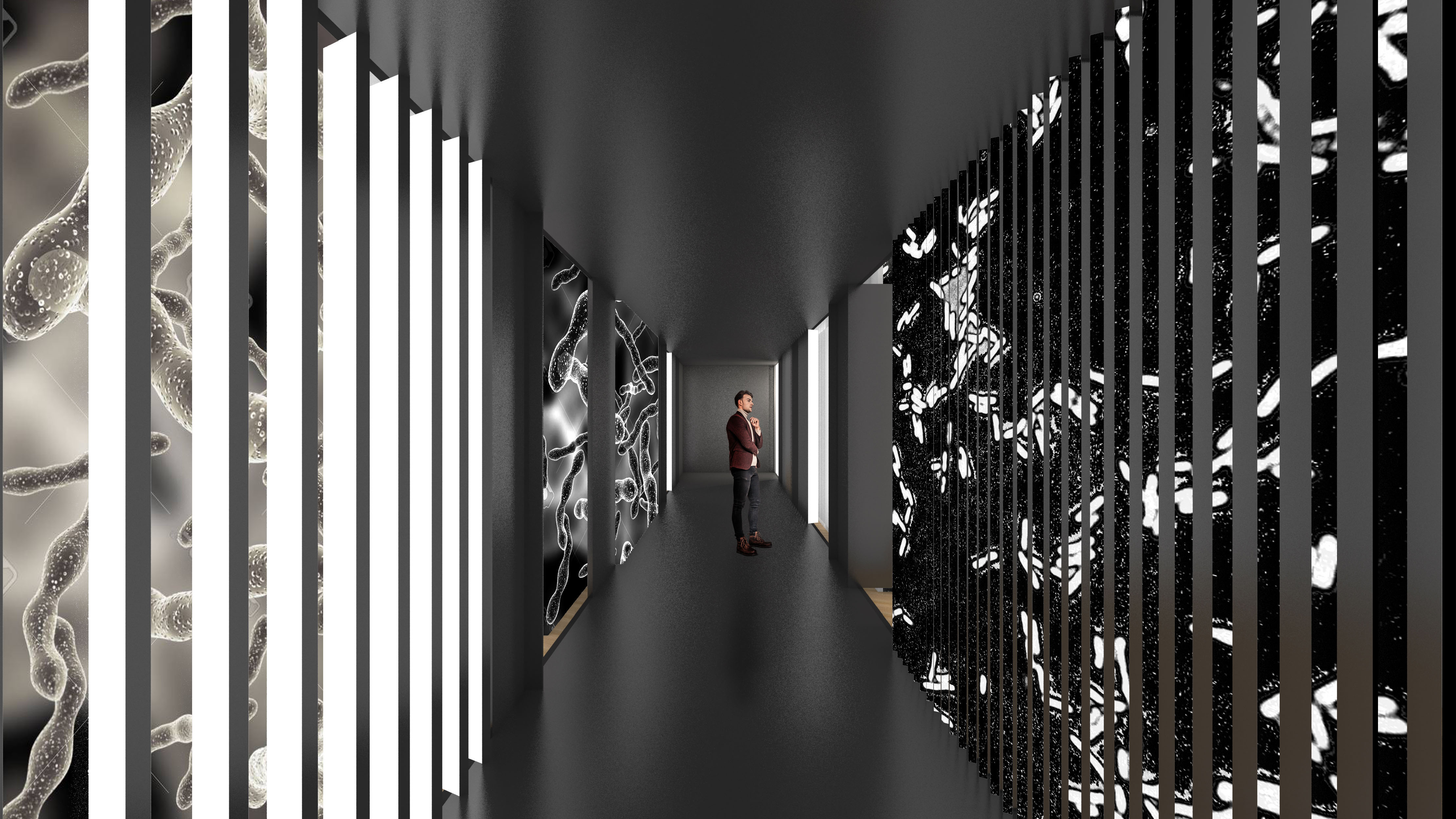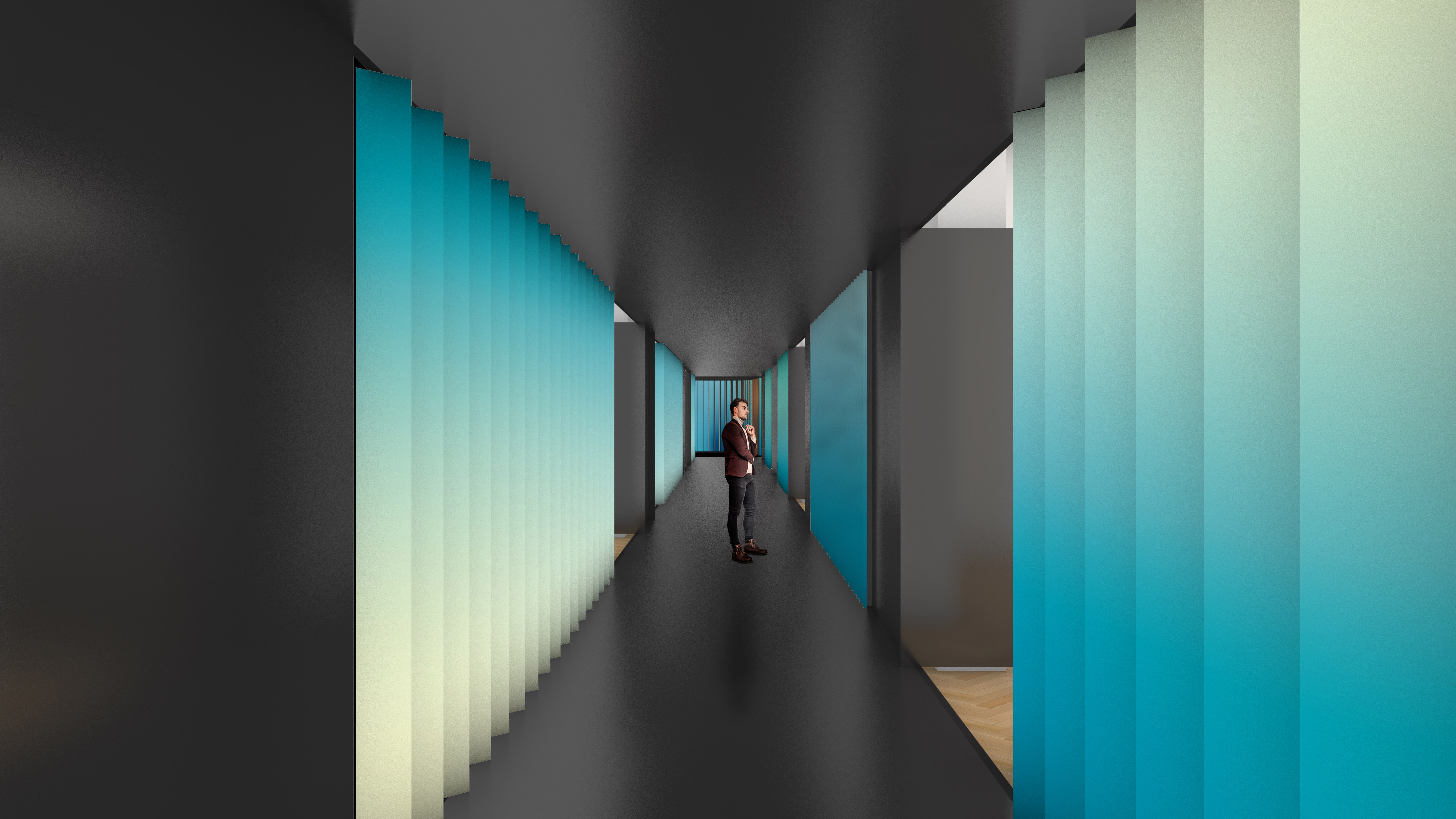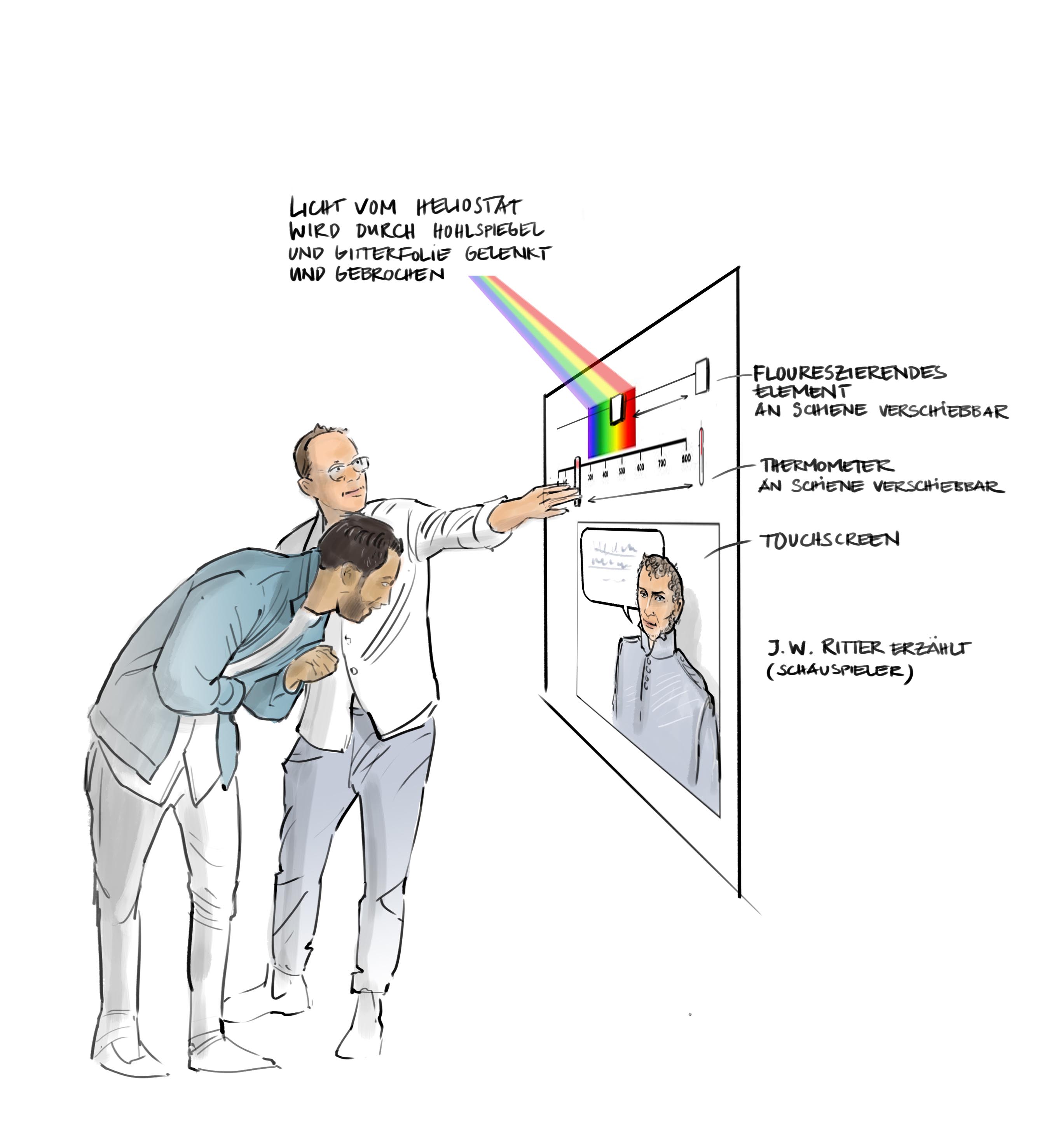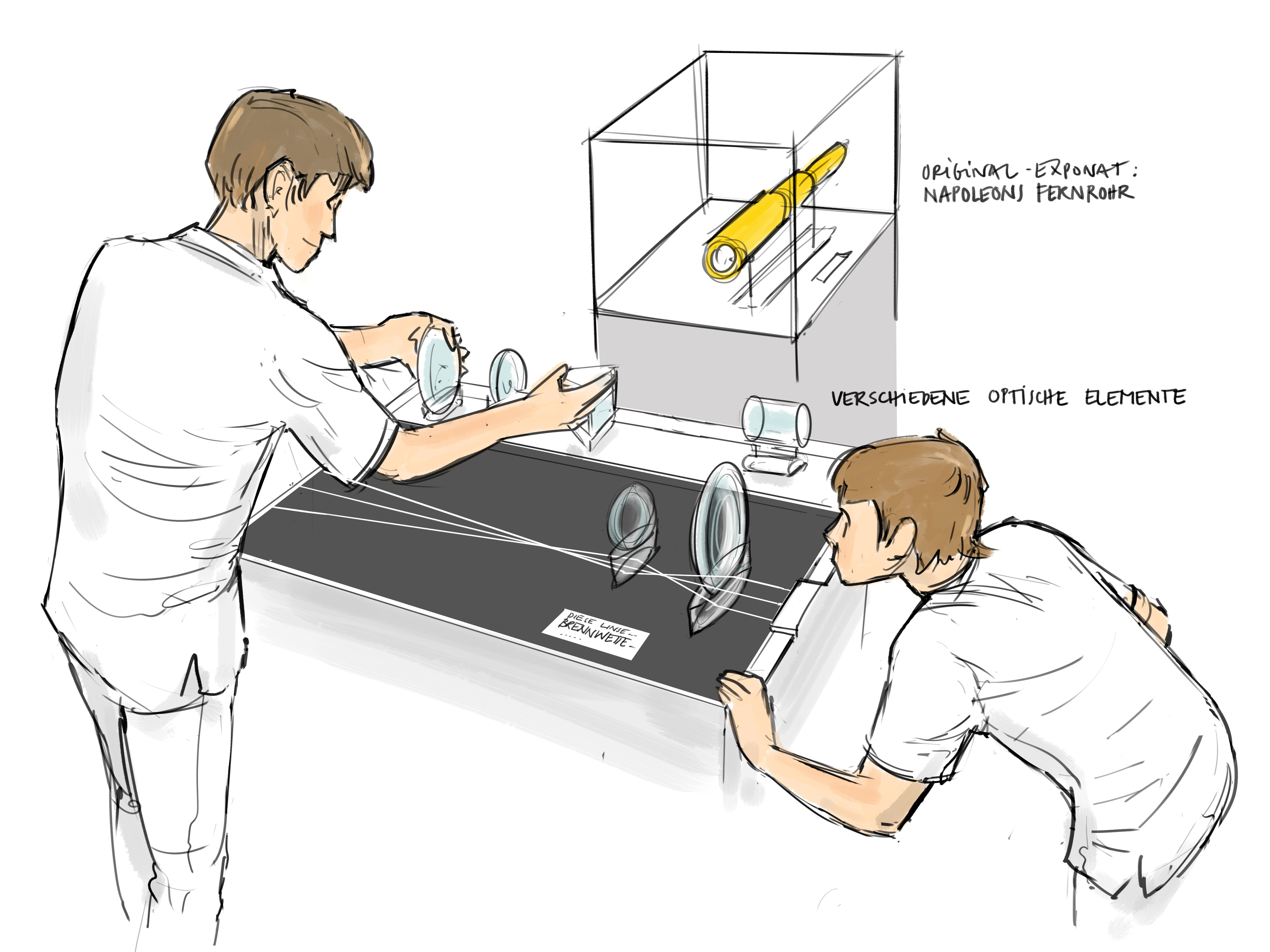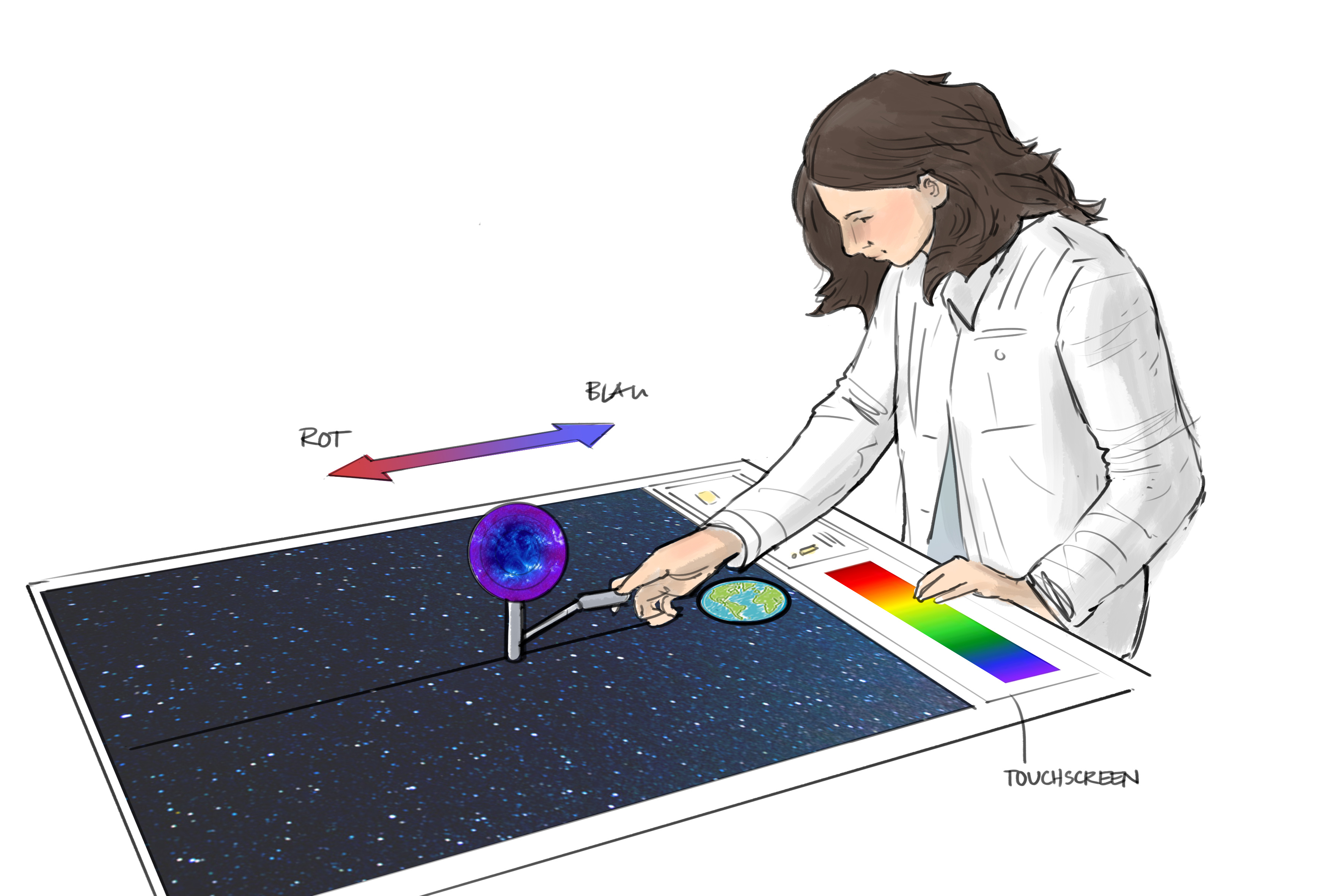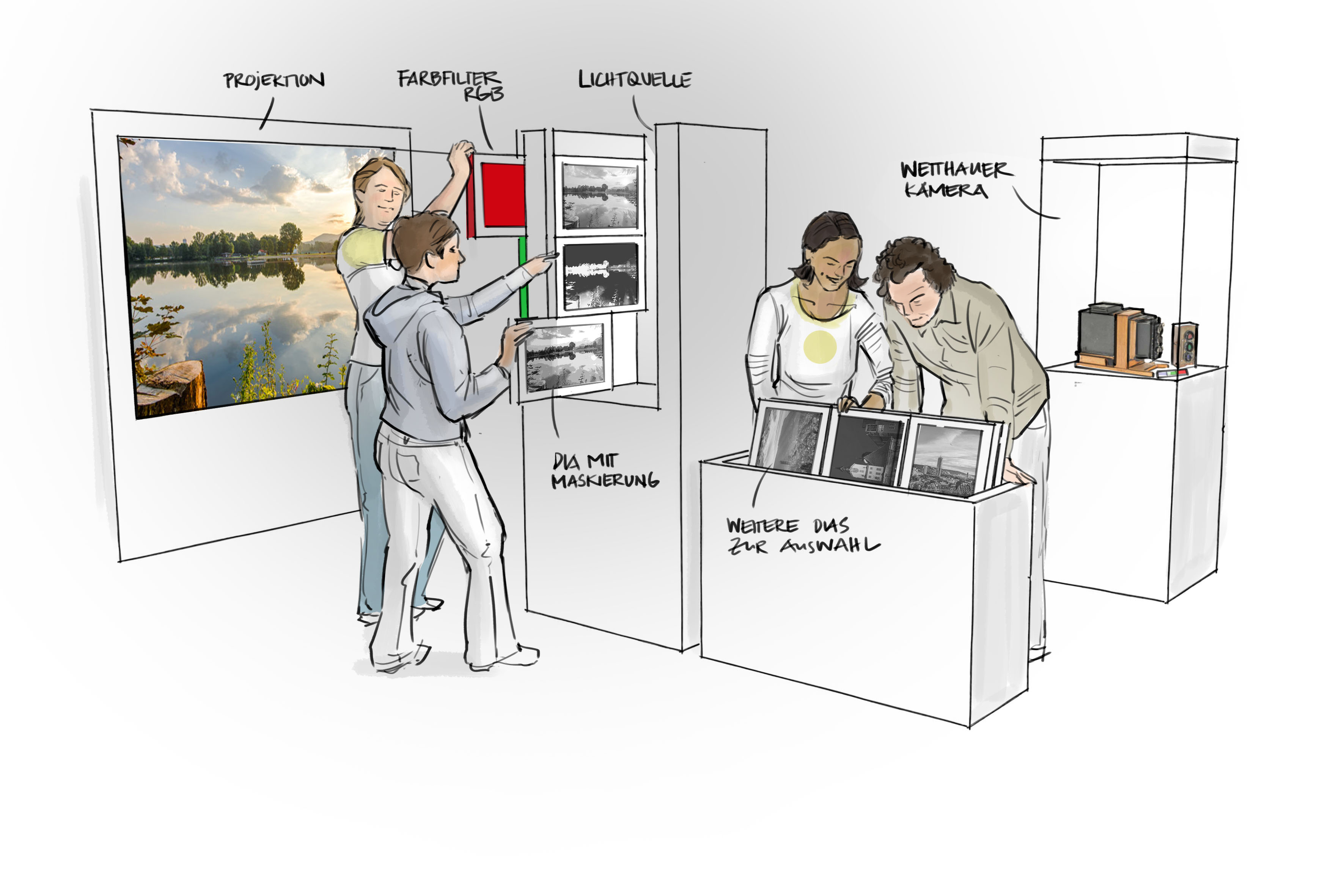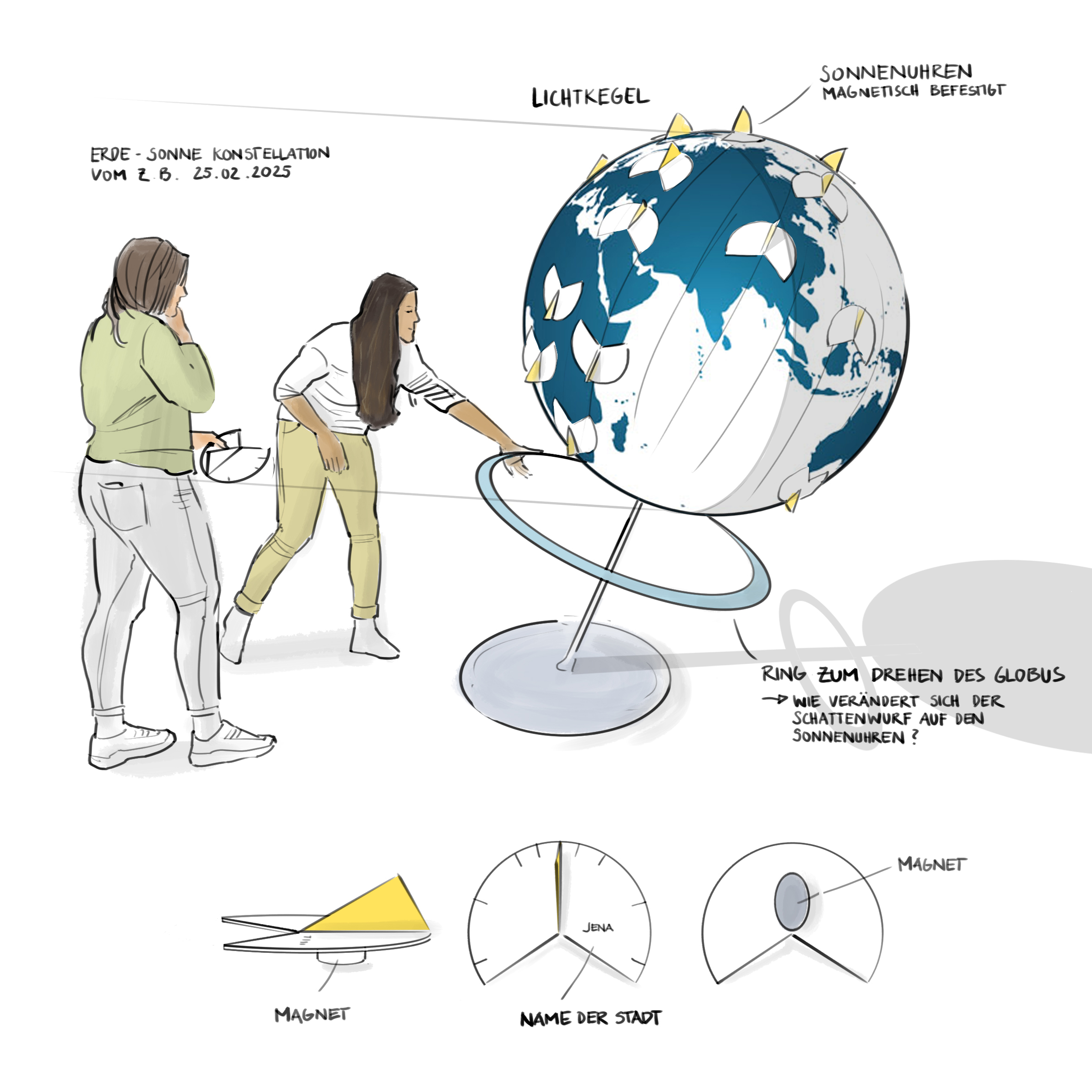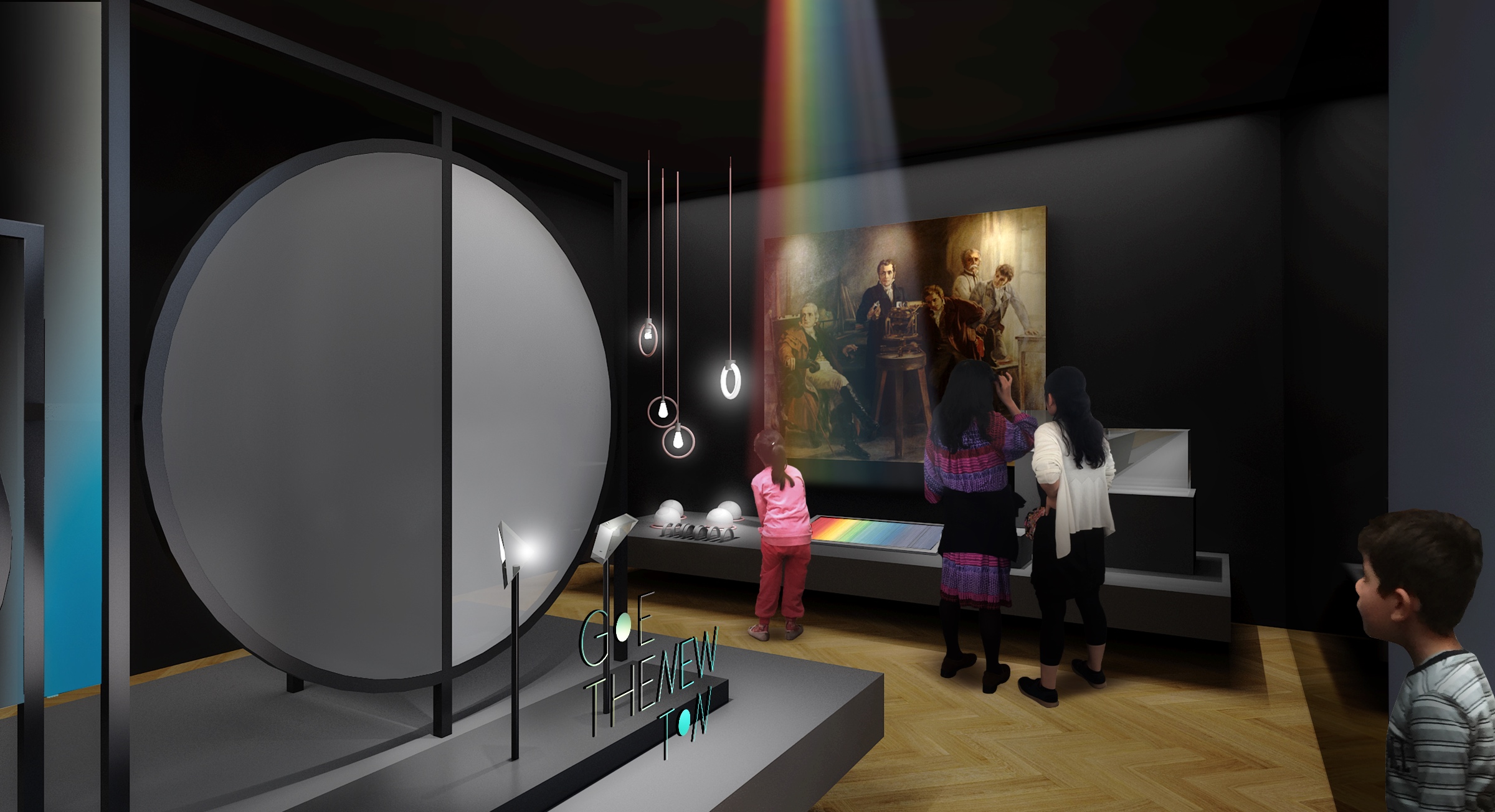
Deutsches Optisches Museum
Deutsches Optisches Museum D.O.M.
Jena has been writing history of optics for over 200 years. Carl Zeiss, Ernst Abbe and Otto Schott once laid the foundation for close cooperation between science and industry. Both new optical theories and outstanding optical devices have since ensured the reputation of the “City of Light”. Today, the Deutsches Optisches Museum, or D.O.M. for short, is being built here. Physical phenomena of optics, historical as well as modern applications, and a look at current optics research form the triad of the narrative. We won the competition and, together with the D.O.M. team, are developing the concept, design and planning of this new flagship museum of optics.


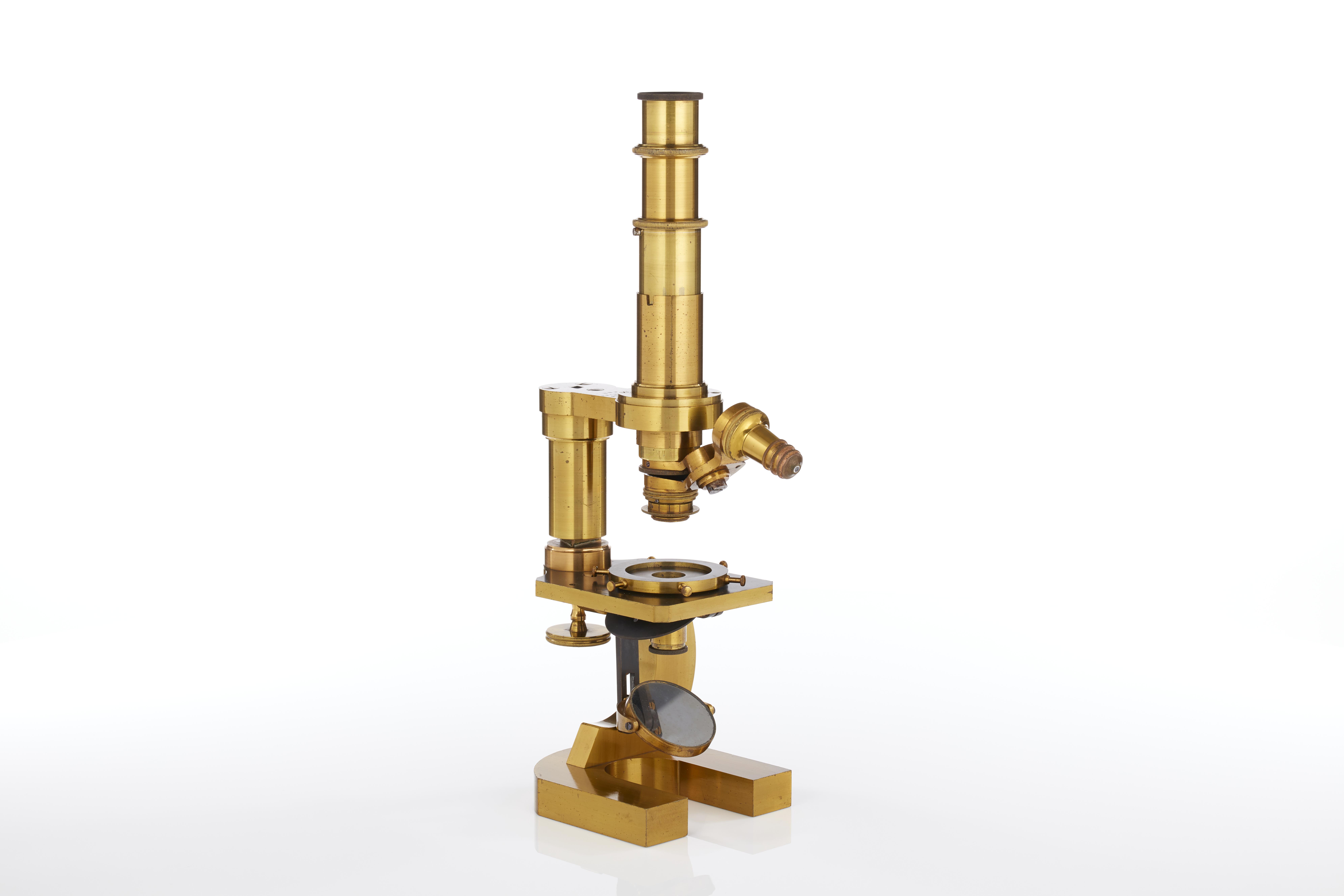

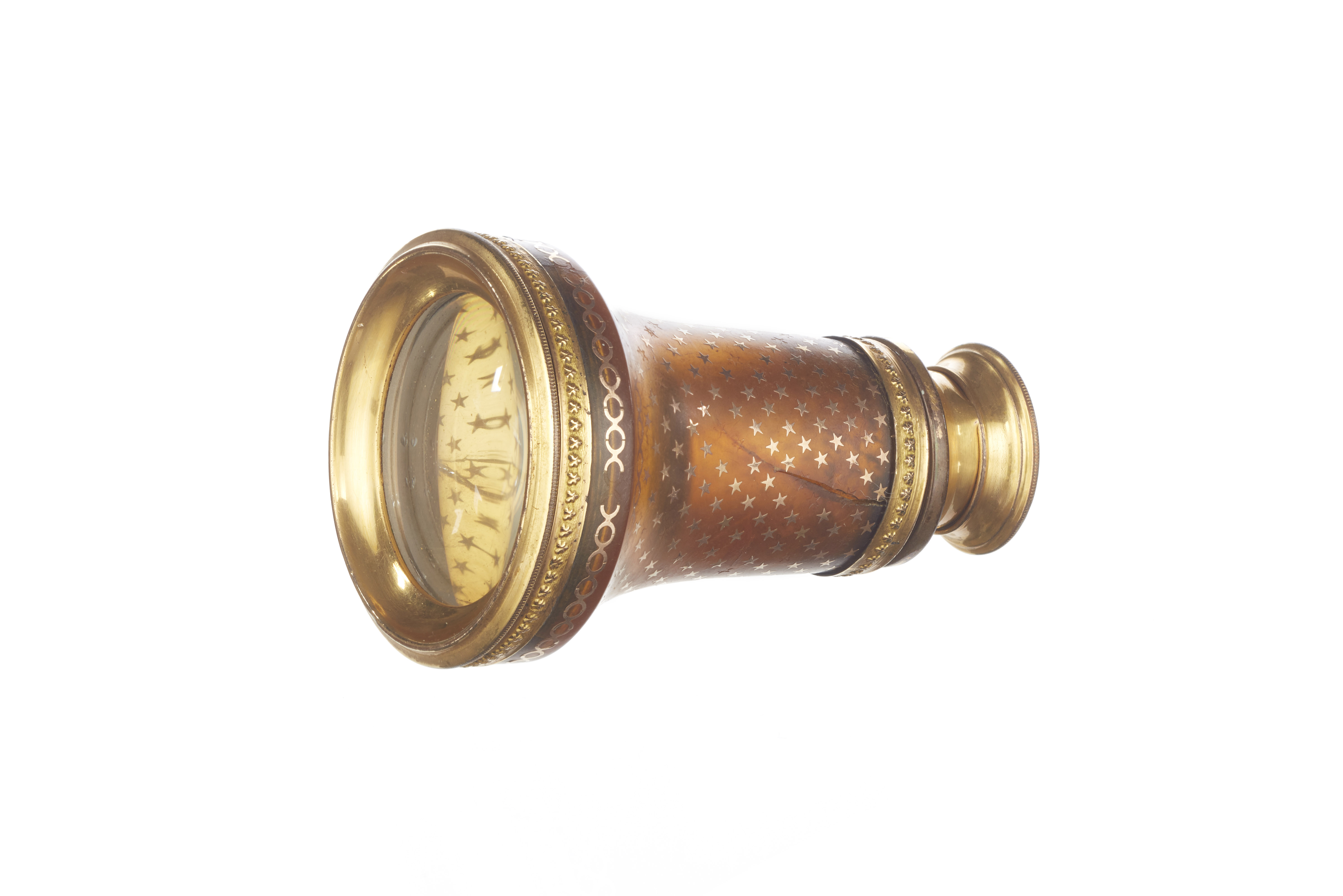

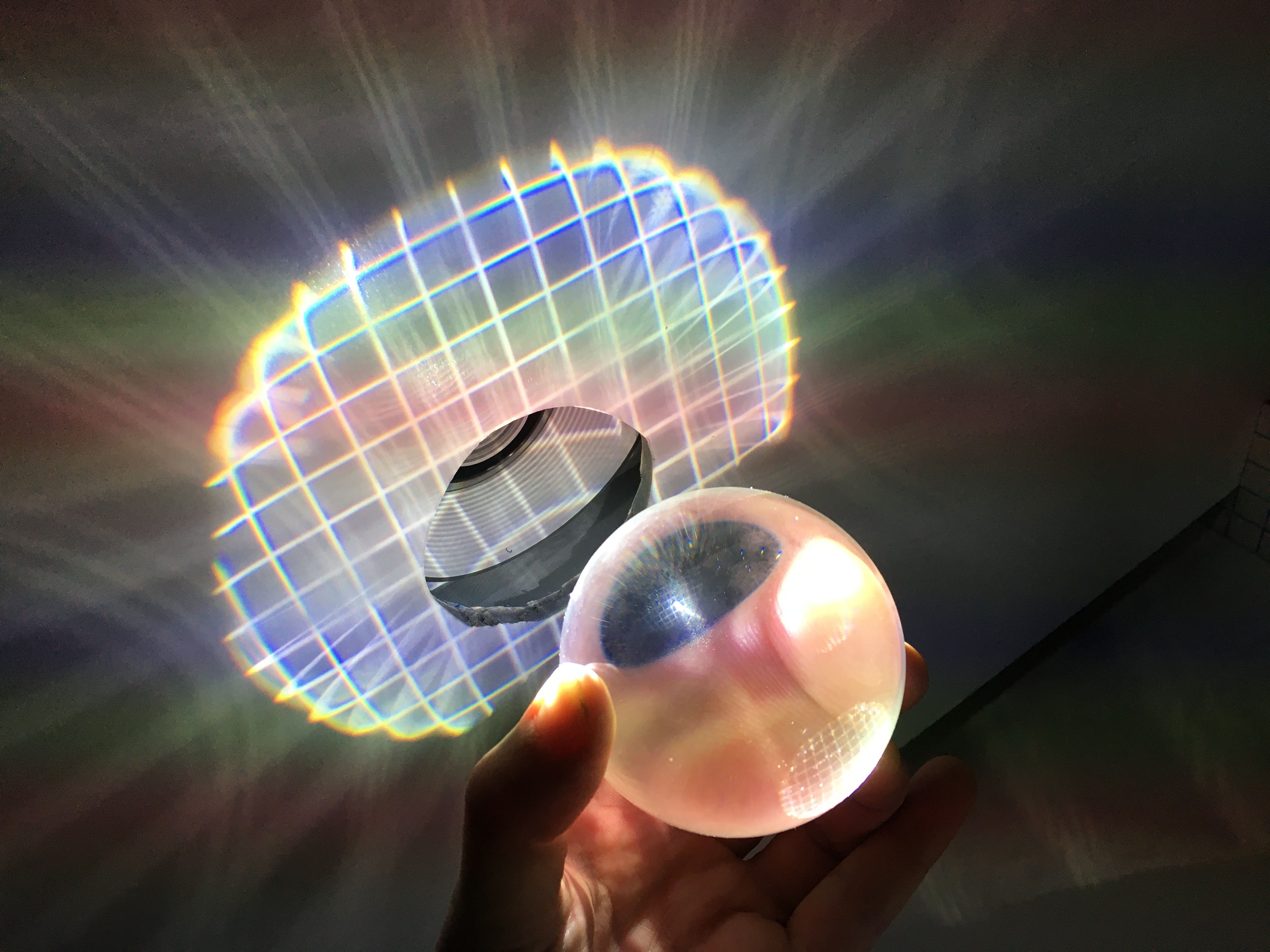

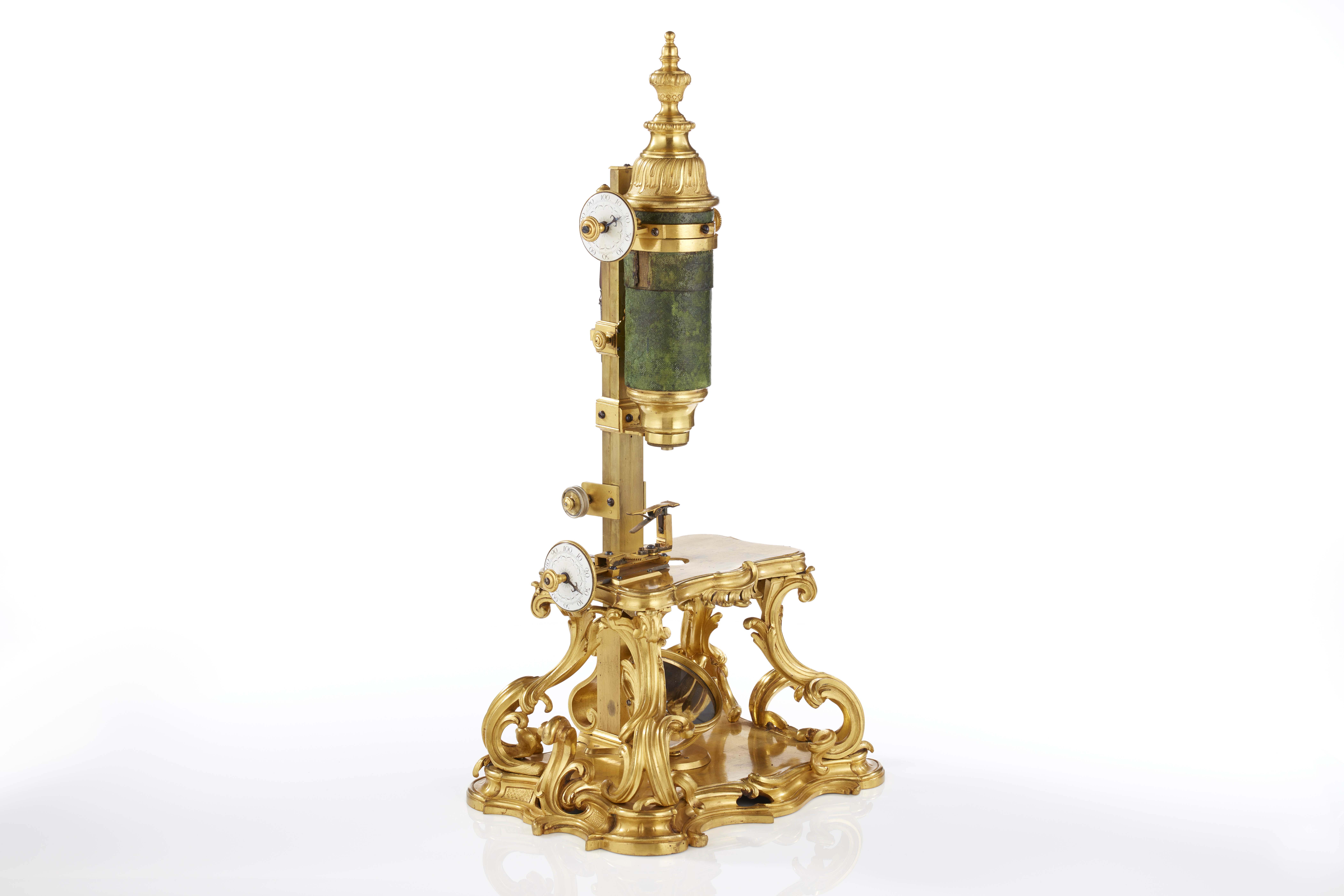

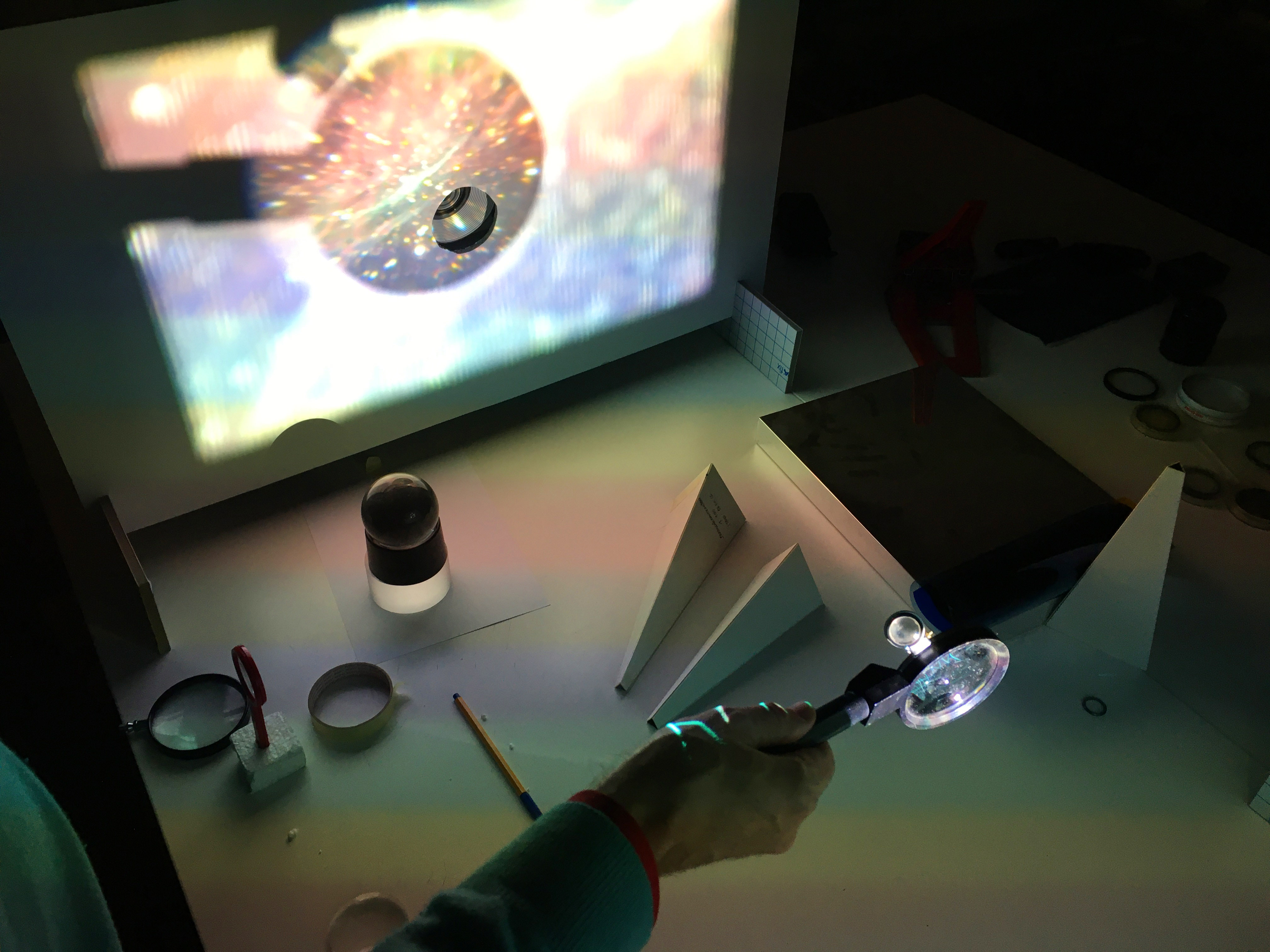



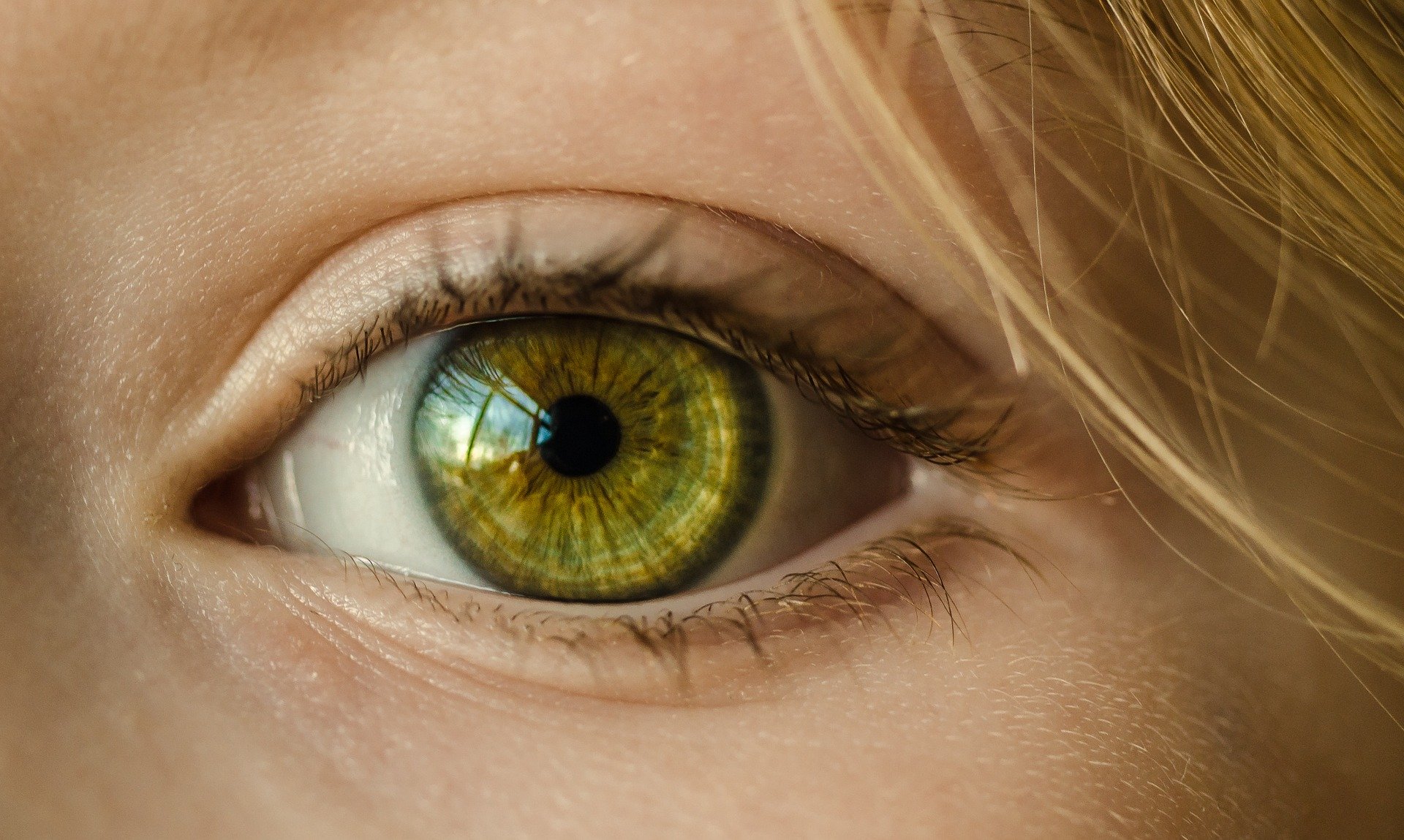

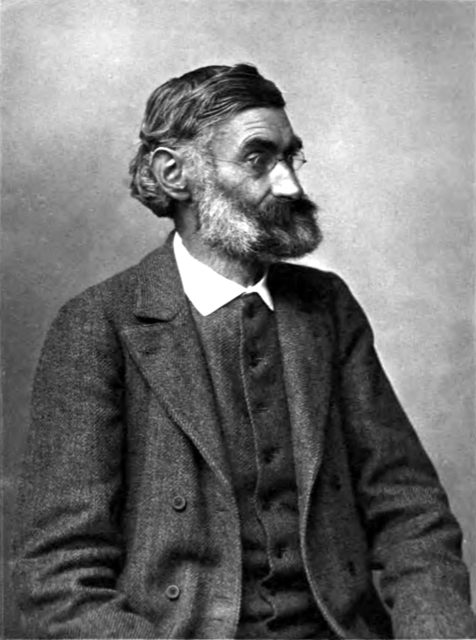

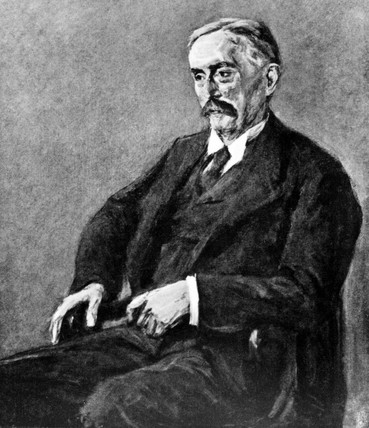

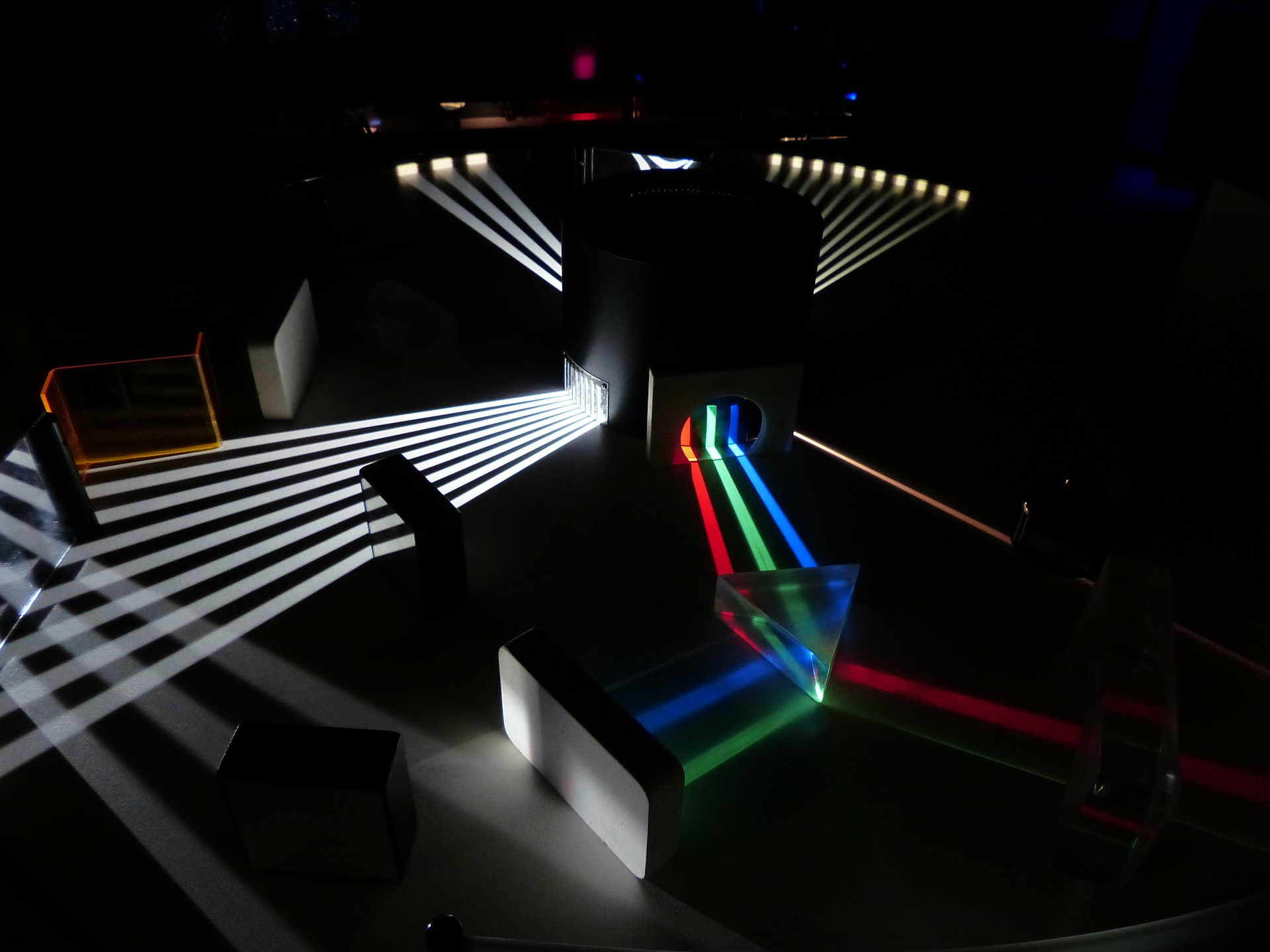

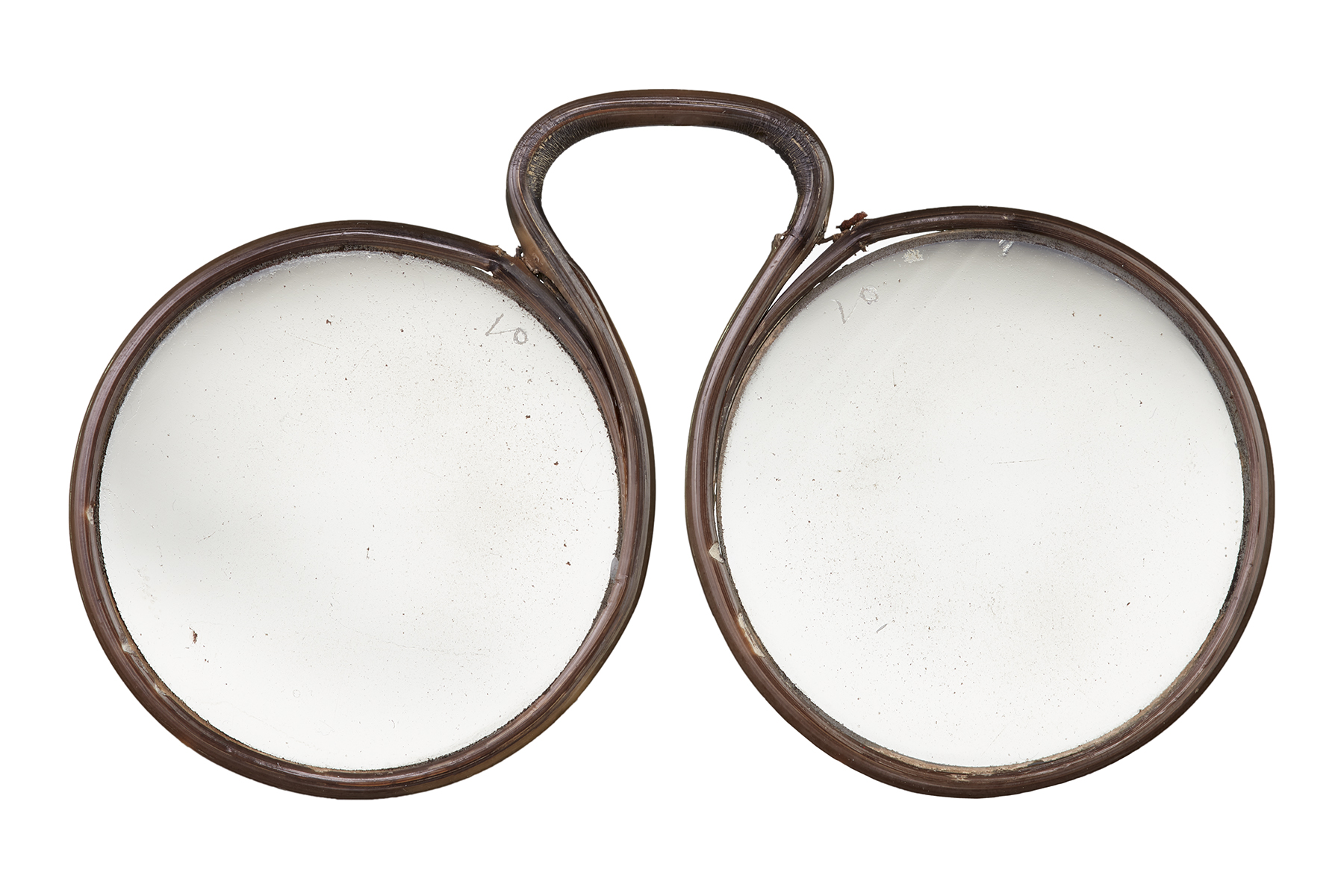

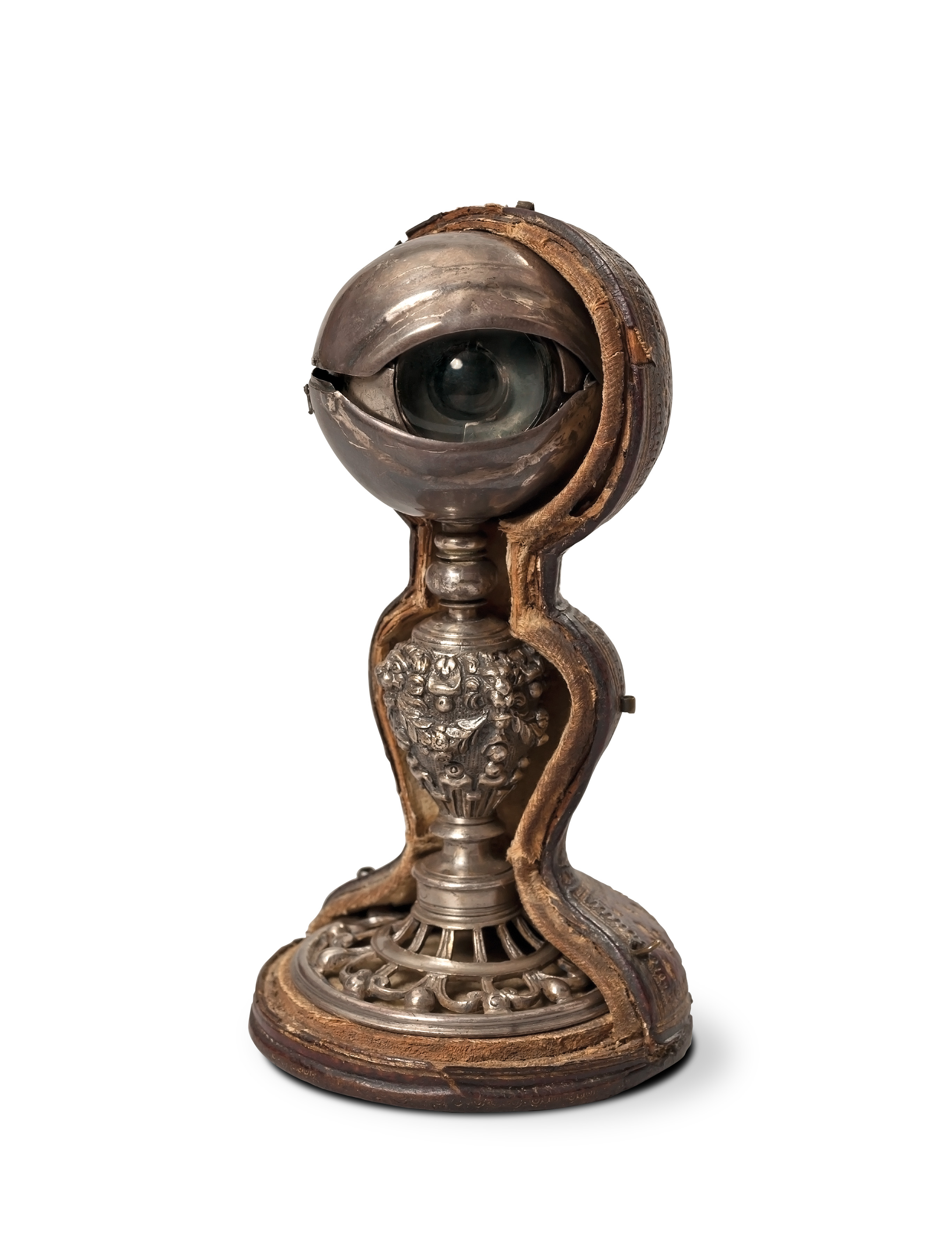

History with Contemporary Relevance
The old building, which is rich in tradition and into which the first state school of optometrists moved around 100 years ago, will be extended in the future by a new building that closes the gap to the Volkshaus and the Jena Philharmonie. It is the starting point for the exhibition, and from here visitors can access the various levels in the old building. The corridors from the new building into the old building look like they have been plugged through and open up the halls of the macrocosm, mesocosm and microcosm as well as the treasure chamber in the attic.
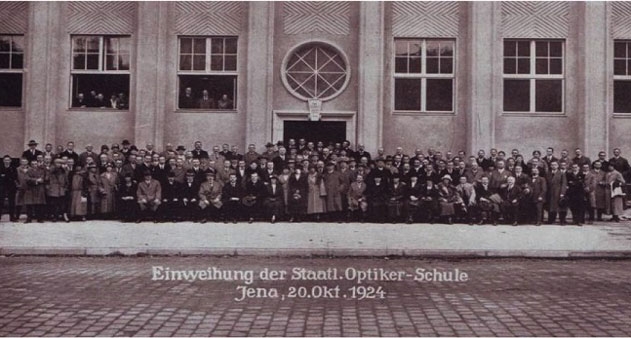

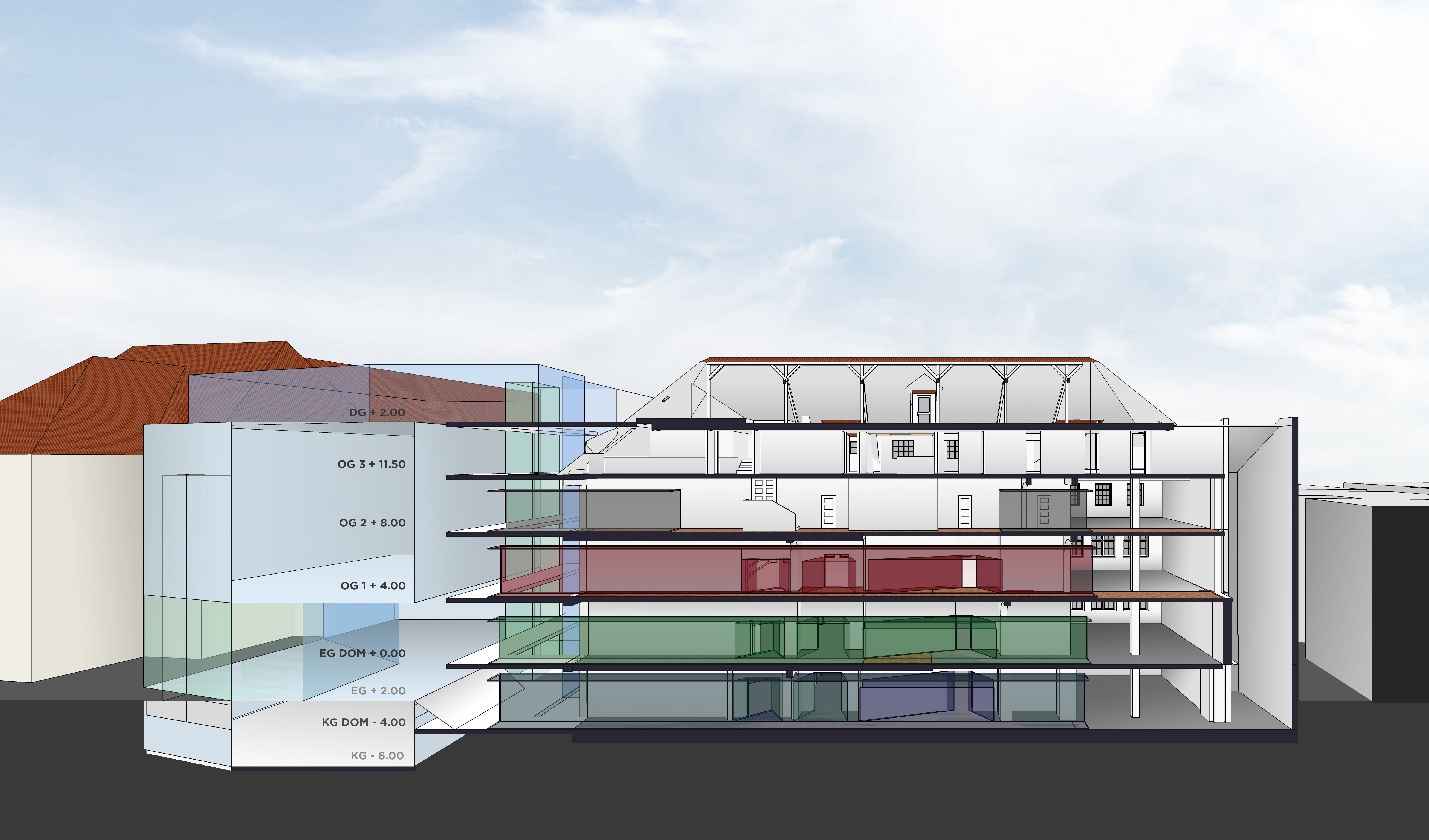

Macro-, Meso- and Microcosm
From the large and distant to the human scale to the tiniest detail, the great themes of optics unfold on three levels: Macro – Meso – Micro. The dark central corridors create a recurring linear dramaturgy that arouses curiosity and uses a targeted play of light to attractively introduce the themes. An intro room introduces each with a strongly staged key motif. The subsequent halls are designed to be light or dark, depending on the requirements: Spacious stagings alternate with halls in which the focus is on a few focal points. Historical microscopes, telescopes, eyeglasses and ophthalmic devices enter into a lively interrelationship with interactions, phenomena and modern applications. Optics become an active experience.
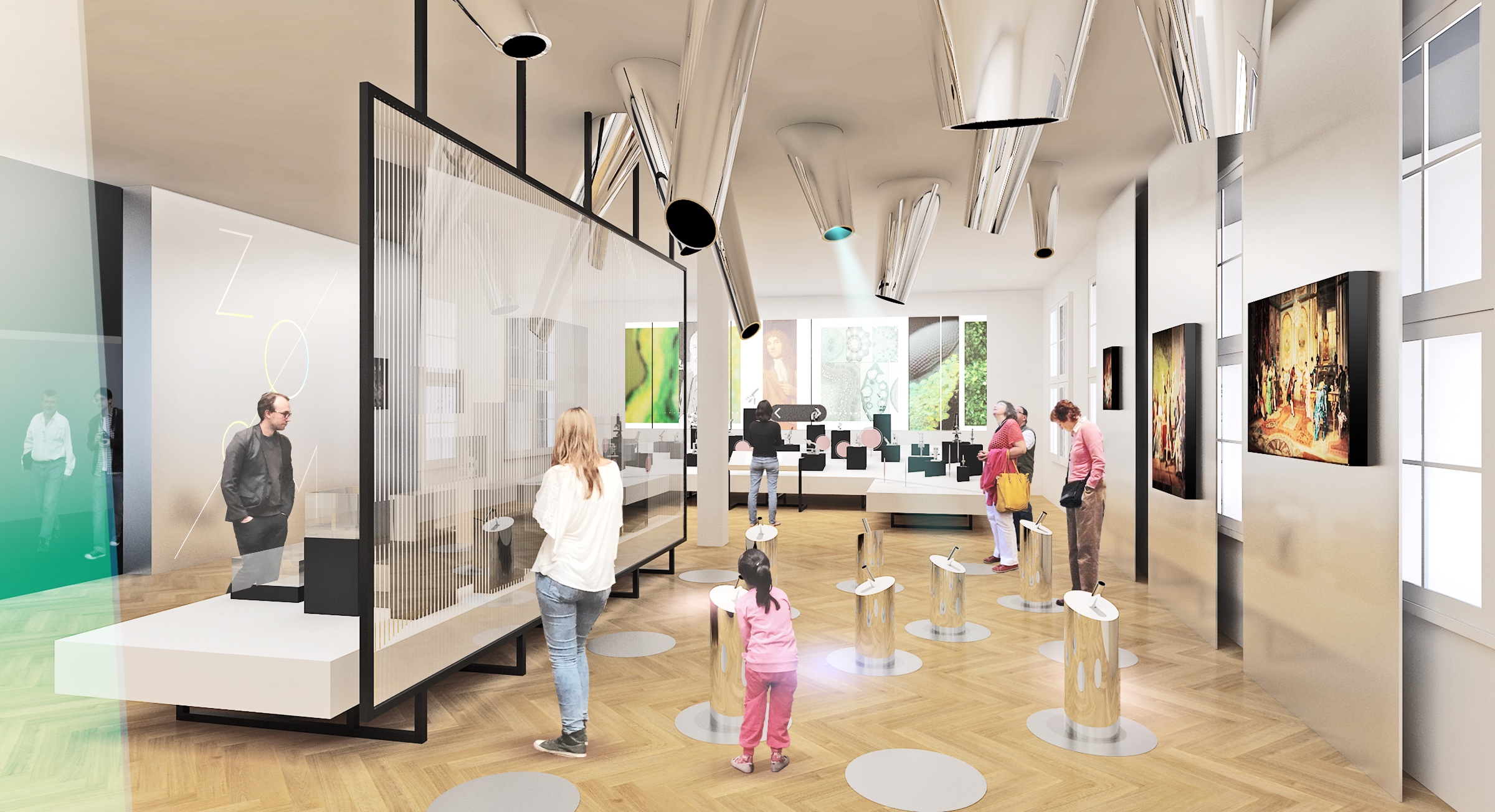

Let me do and I will understand.
Following Confucius’ guiding principle “Tell me and I will forget; Show me and I will remember; Let me do and I will understand”, numerous interactions on the four exhibition levels offer the opportunity to explore phenomena for oneself, to recognize optical effects and to understand connections. Experiments with lenses, prisms and optical paths, interactive showcases and media tables, films on history and videos of current research all invite visitors to participate and to be astonished. Again and again, the important historical collection pieces give reason to dive into the respective time and to get to the bottom of how it works.
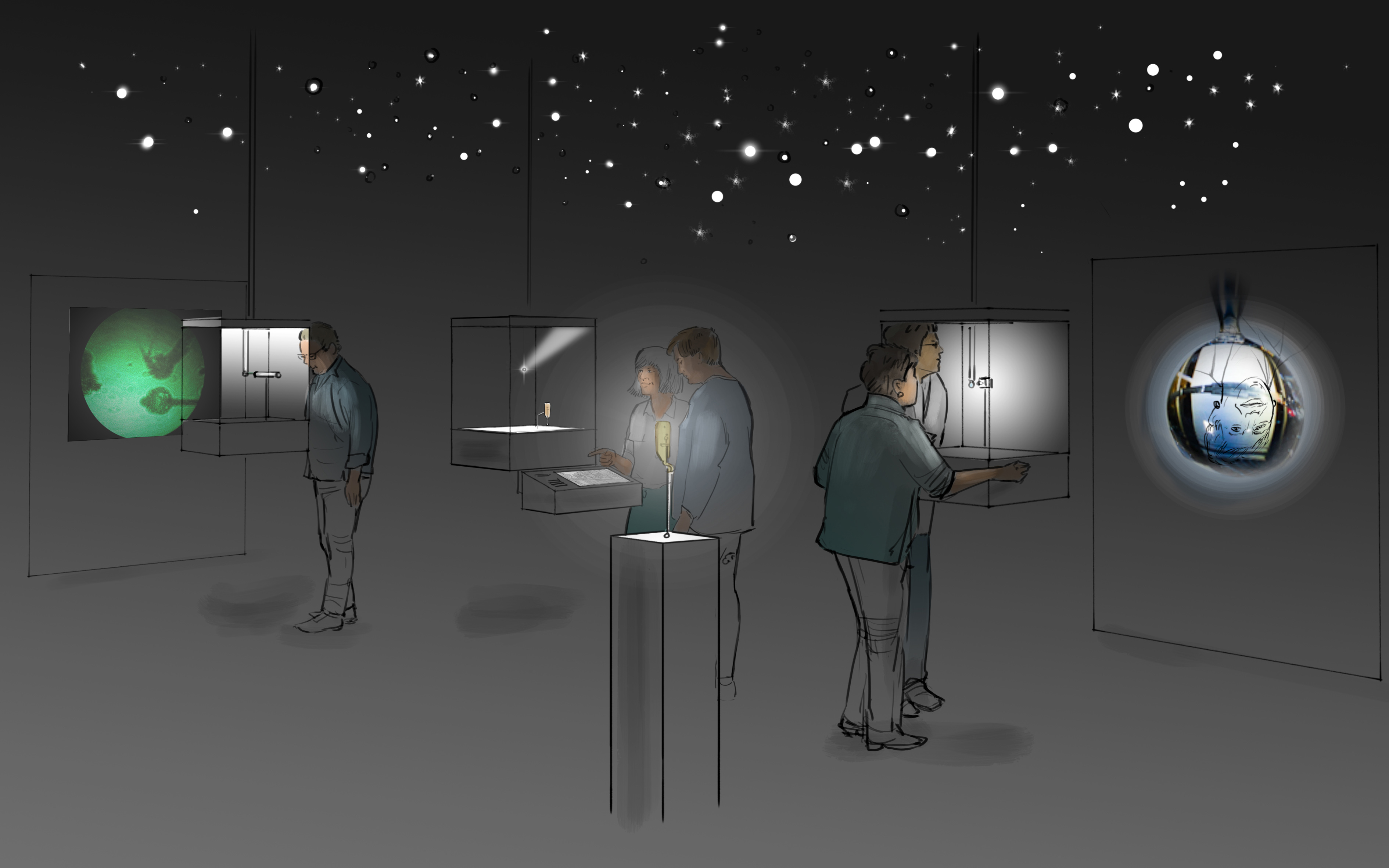

Services
Concept and Scenography
- Development of dramaturgy
- Content and Exhibition Concept
- Media Concept and Storyboarding
- Development of Interactive Exhibits
Design and Planning
- Interior design
- Exhibition design and planning in all project phases
- Corporate identity development
- Graphic design and guidance systems
- Exhibits and furniture
Project management and realisation
- Project management (all phases)
- Tendering and awarding
- Production monitoring and cost management
- Content management and production
Project Information
Client: Stiftung Deutsches Optisches Museum
Opening: 2026
Exhibition area: approx. 3.000 sqm
Contact Person
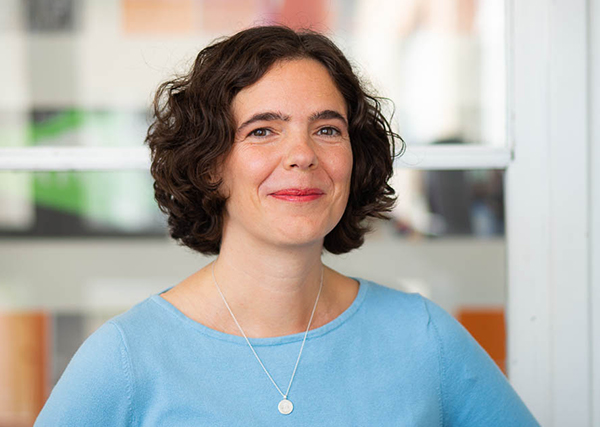

Claudia Baulesch
Project Management and Head of Scenography
